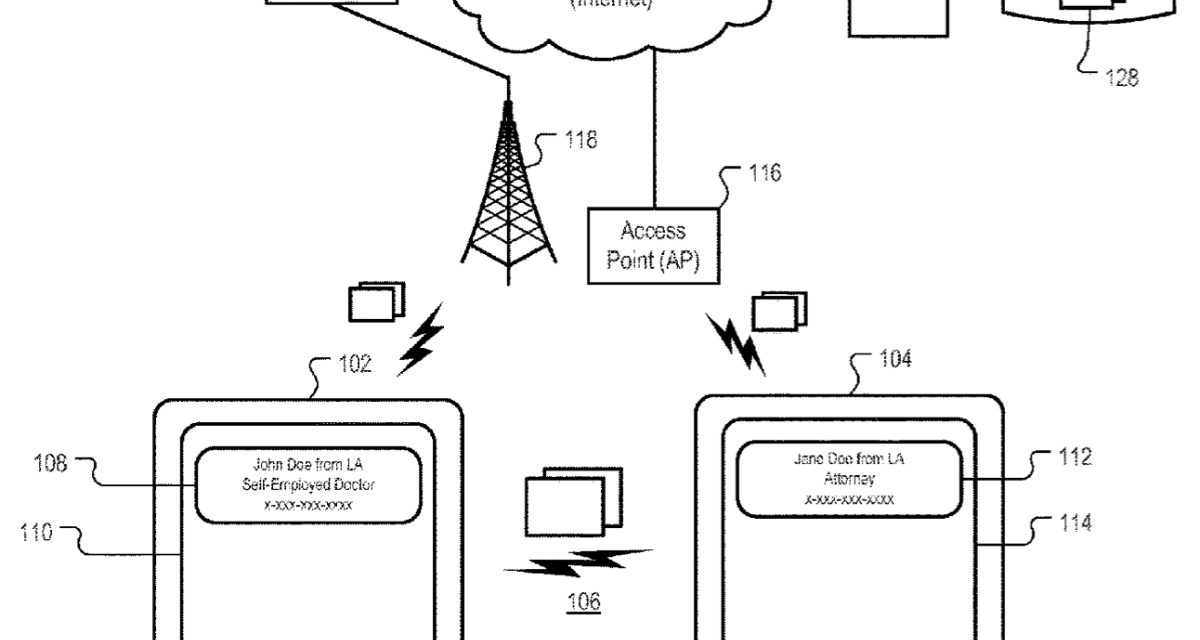Apple has been granted a patent (number 11,089,453) for the “creation and consumption of transient user profiles.” The goal is to temporarily allow users of Macs, iPhones, iPads, etc., to share data — perhaps even the device itself — with others.
About the patent
In the patent data, Apple says there are situations in which a person may wish to share information about themselves with others who they may or may not know personally. For example, in business situations a person may wish to share their job and contact information with colleagues within or outside of their company through the use of vCards or traditional business cards.
There are other situations in which the person may desire to share information, such as school groups, social clubs and the like. Depending on the context and the identity of the recipient to whom the information is to be shared, there can be different requirements for what information would be appropriate to share and of interest to the recipient.
In situations where the information to be shared is secure or private, such information should only be accessible by the intended recipient. Hence, Apple says there’s a need for “transient user profiles.”
Summary of the patent
Here’s Apple’s abstract of the patent: “ransient user profiles are generated and broadcast to nearby recipient devices. In some implementations, a transient user profile is generated from a master user profile that includes user information. The master user profile can be stored in encrypted form on the user’s mobile device or on a network-based computer system where it can be accessed upon authentication.
“The master user profile can include information provided by the user or retrieved from other network-based computer systems. The master user profile can include information that is labeled with security tags that indicate the class of users that may receive the user information. From the master user profile, a transient user profile can be generated in response to a sharing event and broadcast to other nearby recipient devices.”
Article provided with permission from AppleWorld.Today




